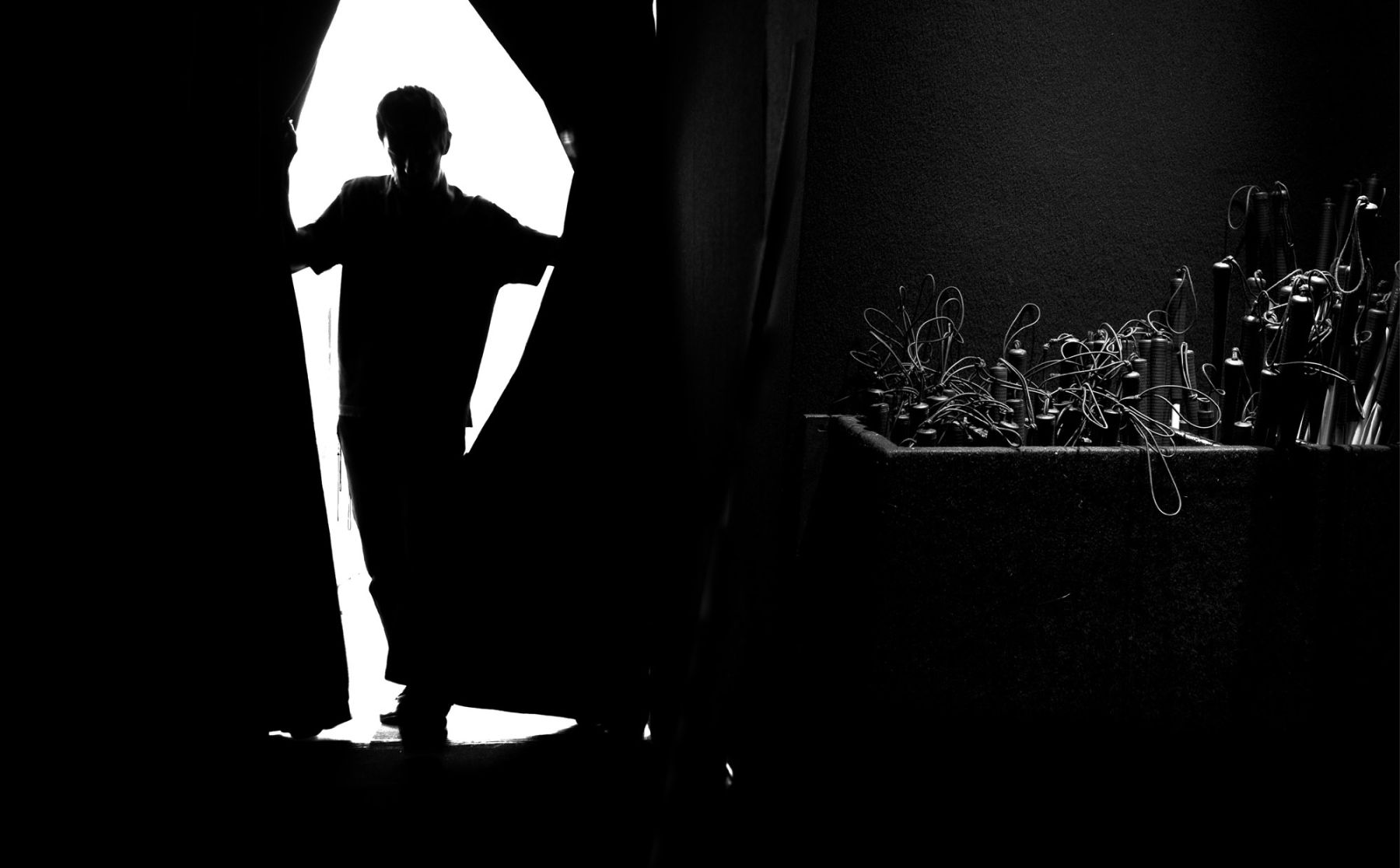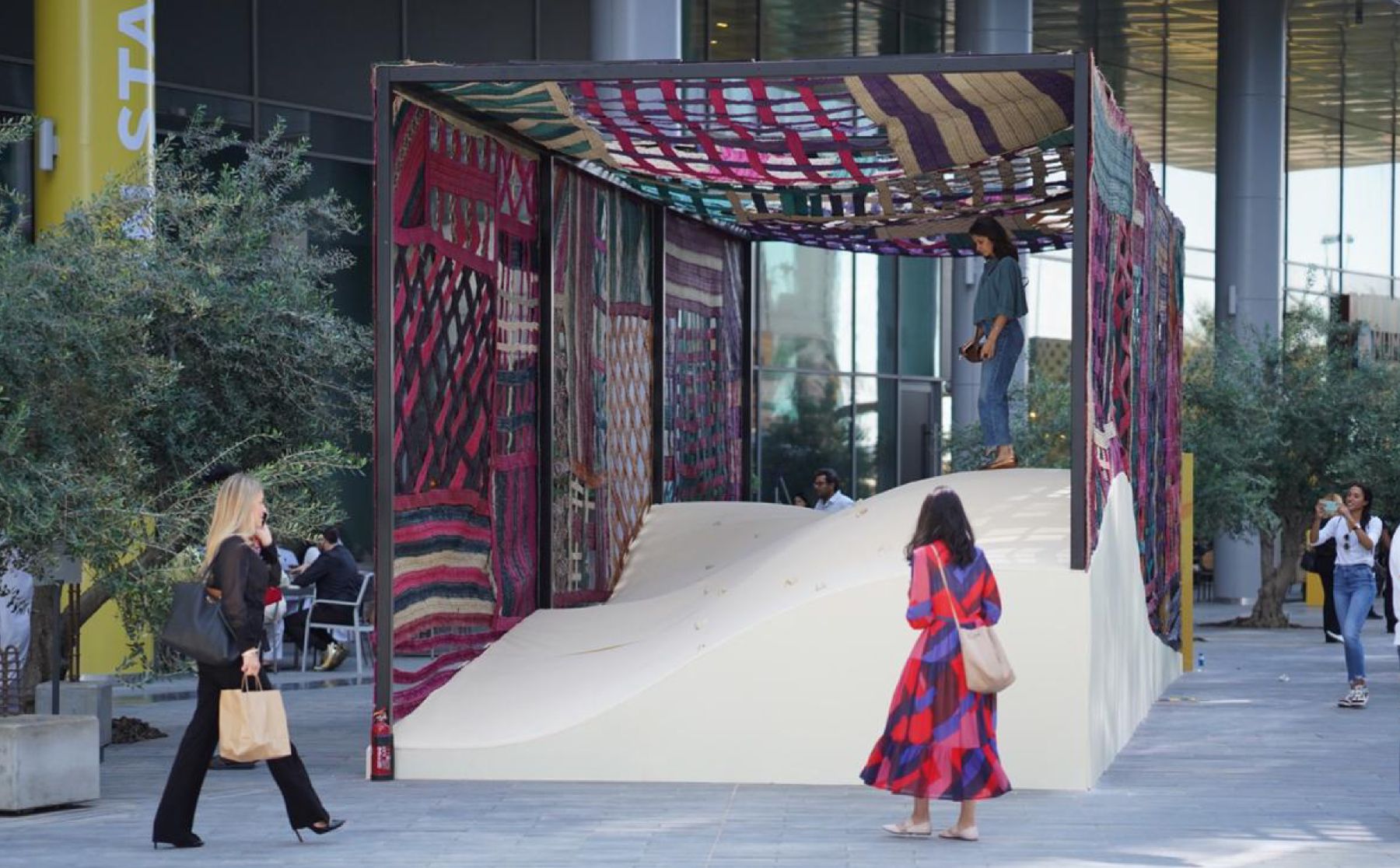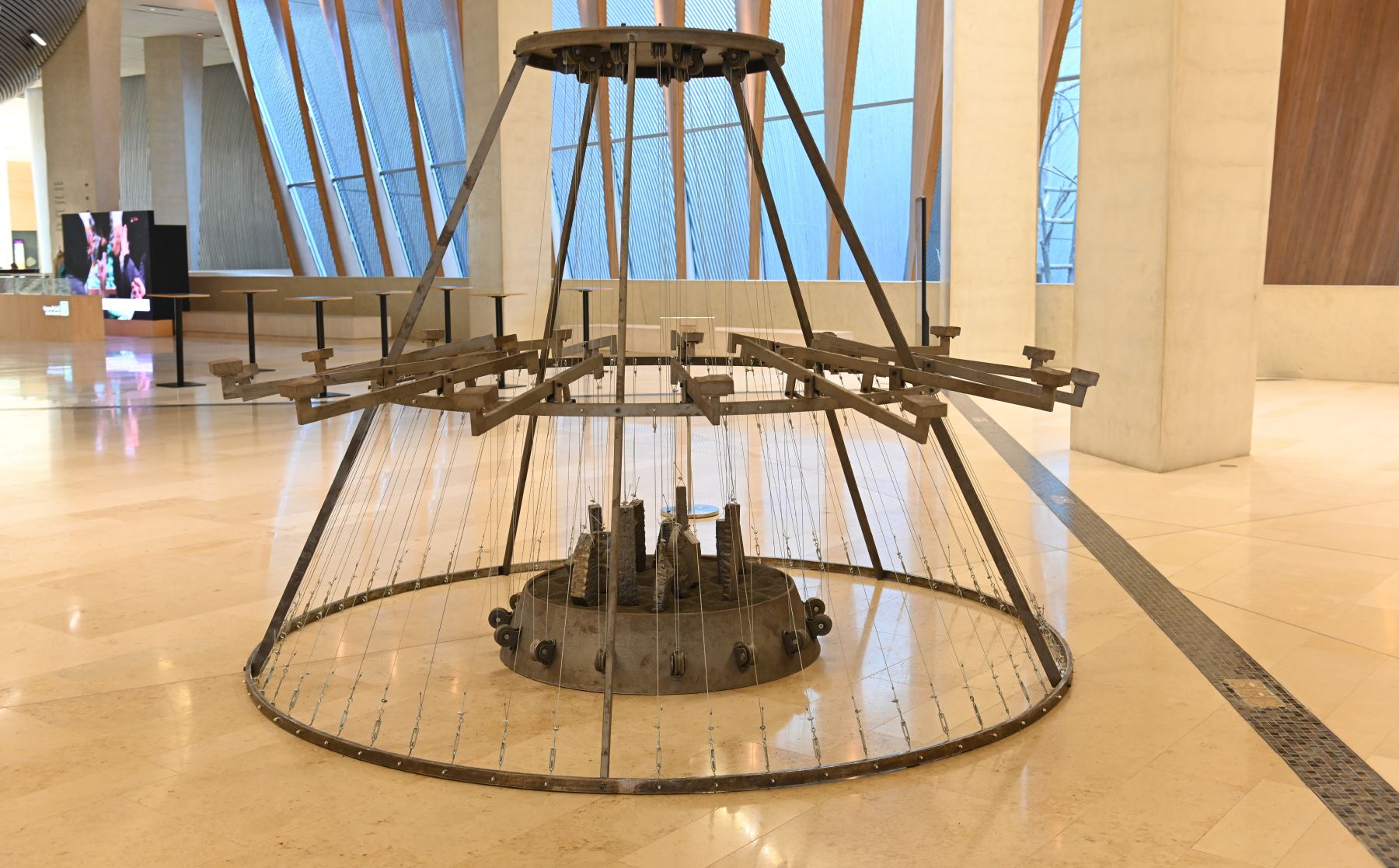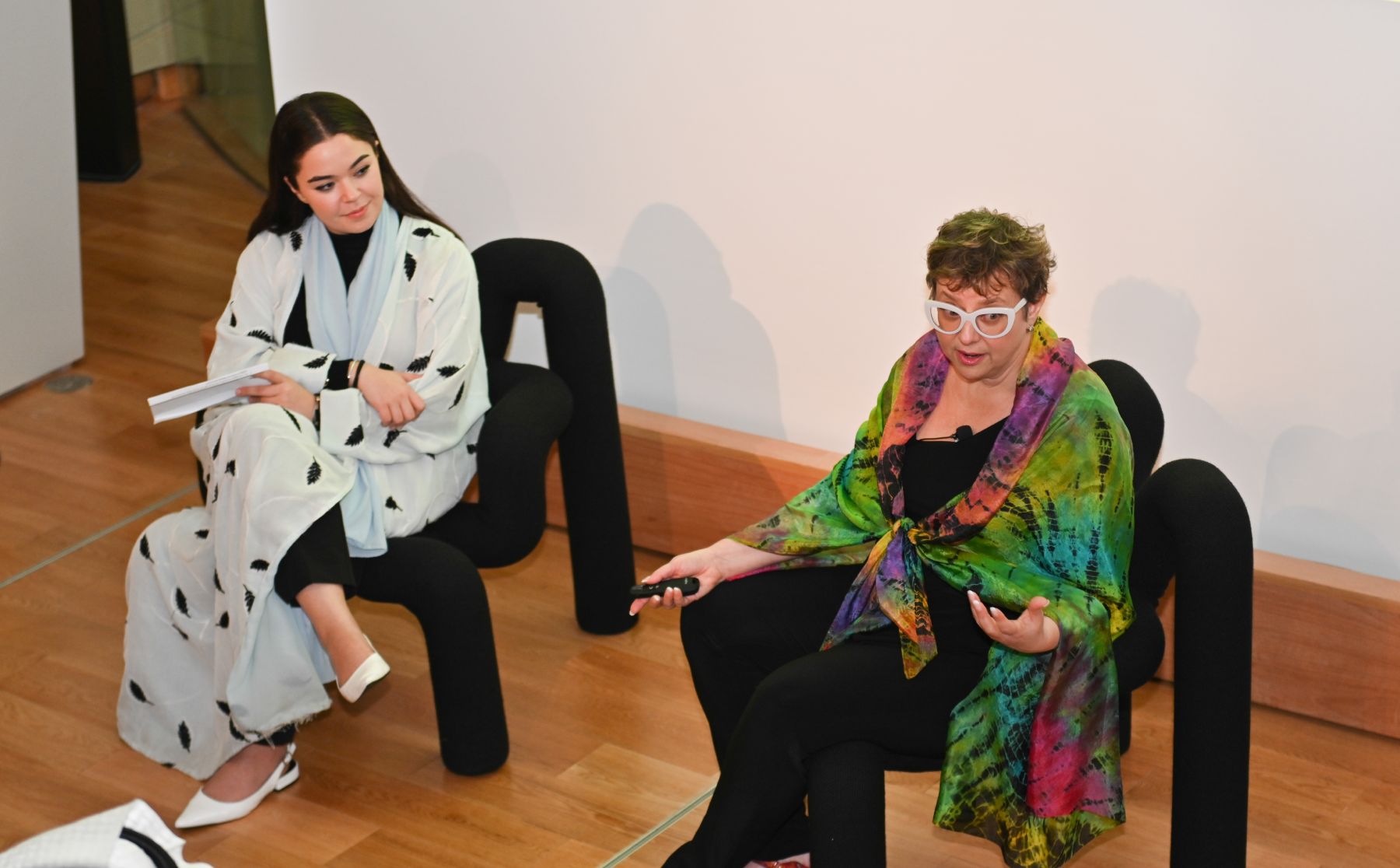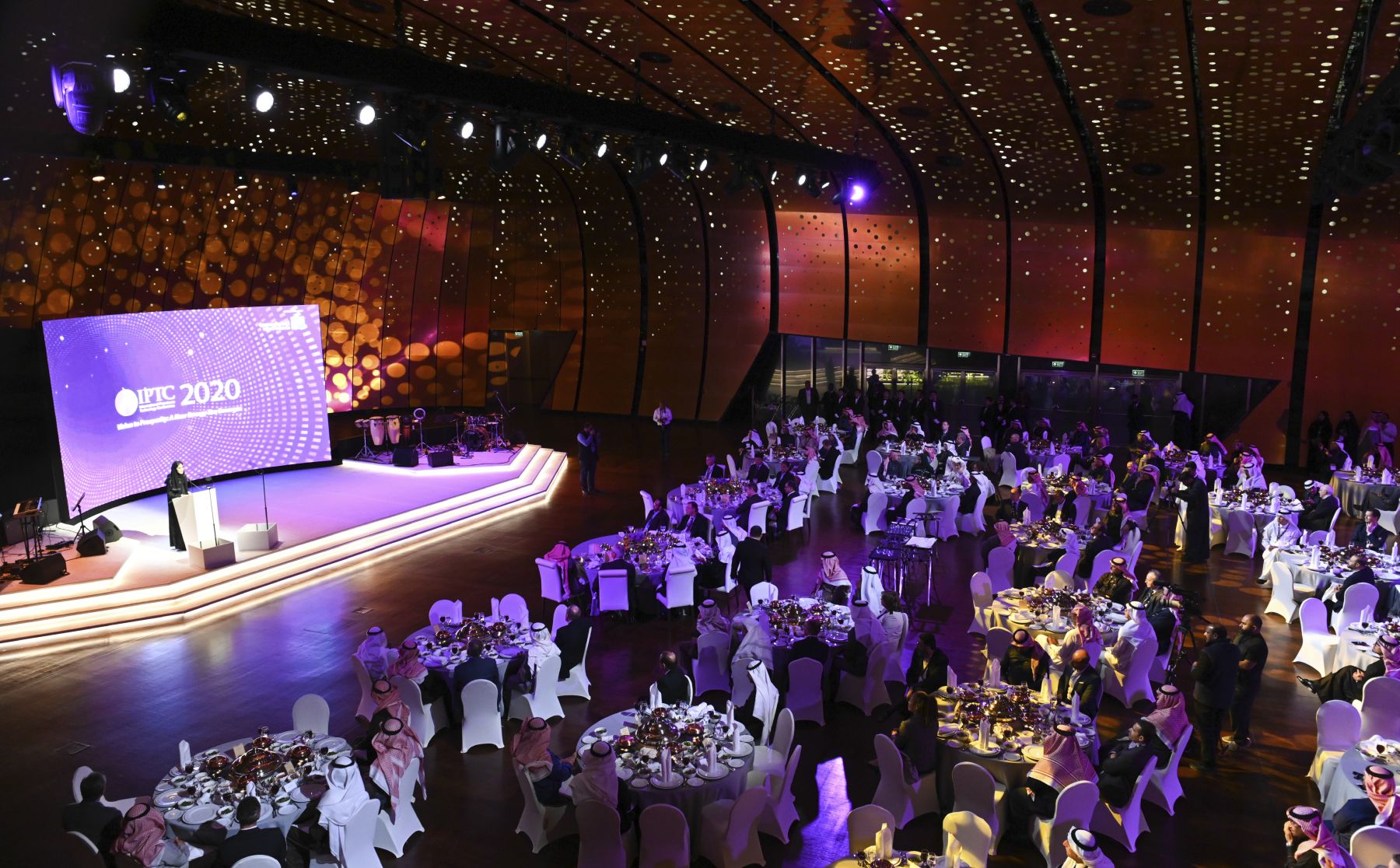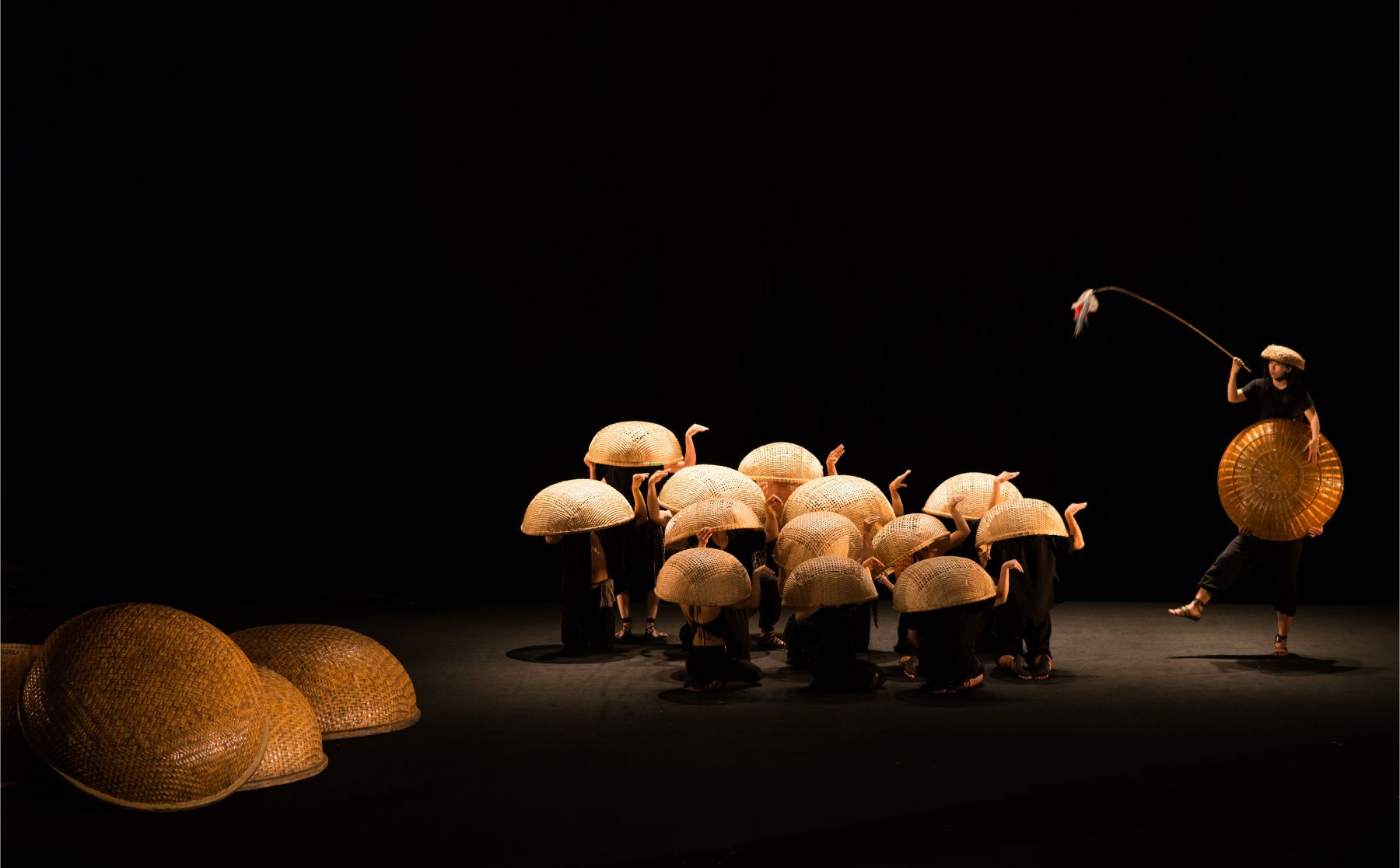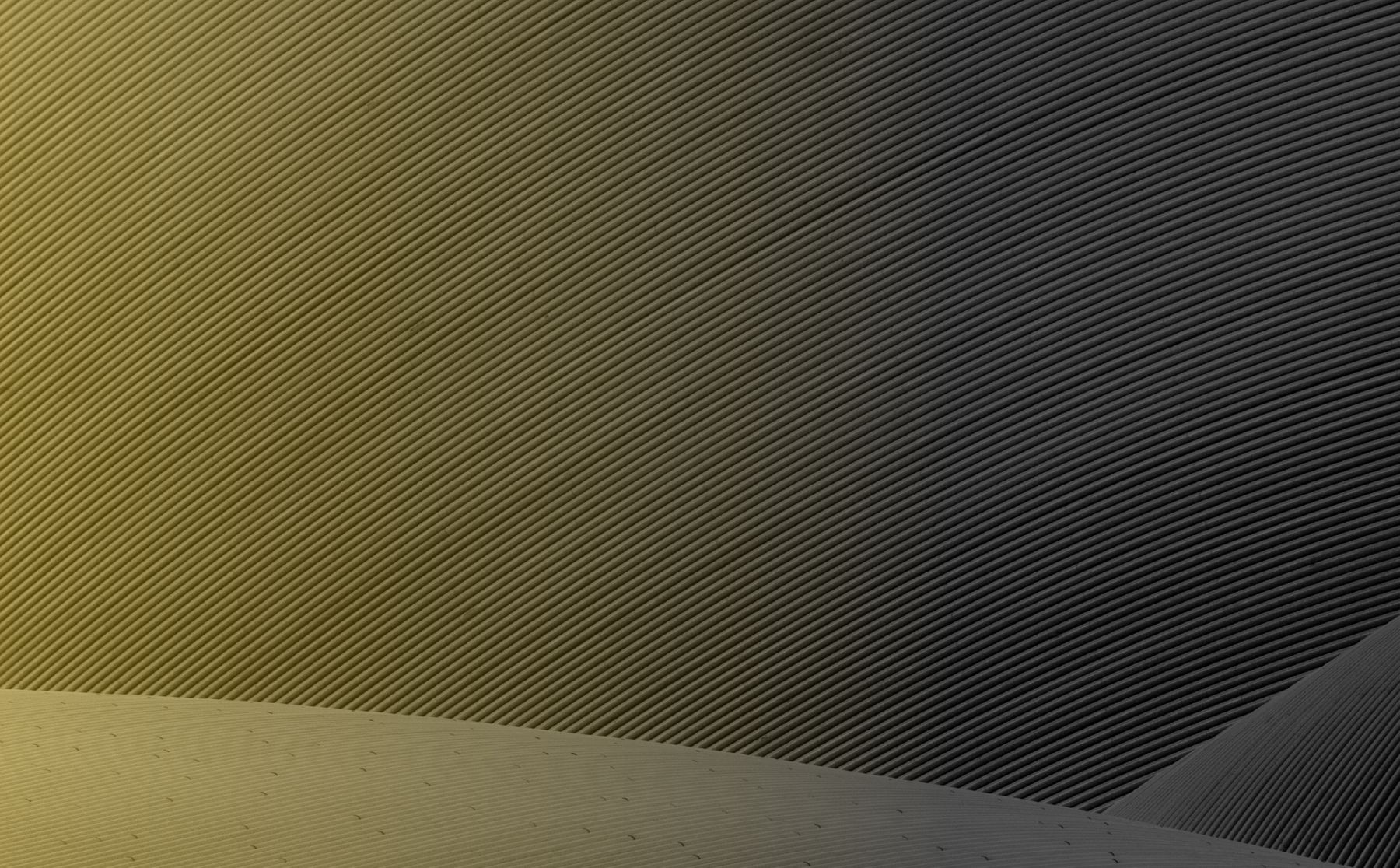Ithra announces the opening of the contemporary art exhibition “Seeing & Perceiving” showcasing the work of leading international and regional artists
- The King Abdulaziz Center for World Culture’s most international showcase yet features 26 artworks by 20 artists, including site-specific installations and commissioned pieces created specifically for and at Ithra
- Ithra is showcasing through this exhibition 60% of its newly acquired art collection
- Ithra’s Seeing & Perceiving exhibition explores how observers perceive artworks in different ways
- The contemporary art exhibit empowers local talent and presents an inspired, experience-driven show
DHAHRAN, SAUDI ARABIA, JUNE 24, 2021 – The King Abdulaziz Center for World Culture (Ithra) brings together an incredible selection of highly recognized contemporary artists for the exhibition Seeing & Perceiving. As its first contemporary exhibition upon reopening to the public since COVID-19, Ithra is presenting a major exhibition with the collection of 26 artworks by 20 artists that explore and incite critical thinking about the way viewers see and perceive the world. Organized by Candida Pestana, Ithra’s contemporary art curator, and Razan Alissa, assistant curator, this exhibition runs until March 26, 2022.
Among the 26 artworks that will be exhibited, Ithra has commissioned two new works by the artists Carsten Höller and Aisha Khalid and four site-specific installations. In the acquired work, Höller presents an out-of-body sensation with Six Sliding Doors (2021) based on a concept the German artist first explored in 2003’s Sliding Doors. It features six fully mirrored automatic sliding doors installed at equal distances, parallel to and one after the other, down a corridor. Upon opening the doors, one’s own endless reflection is “ruptured”, only to reappear in the double mirrored surfaces of the door behind it. However, if another person were to open this door from behind at the very same moment, the viewer finds themself for a brief instant “in” the body of the other, and momentarily perceives the other as the self. Pakistani artist Khalid, meanwhile, takes a completely new direction with Water Seeks the Thirsty (2020-21), an incredible detailed and immersive installation that is inspired by the holy sites in Saudi Arabia and the artist’s personal connection to them.
New acquisitions that will be presented in the exhibition include Spanish painter Antonio Santín’s Marshmallow Meltdown, a hyperrealistic depiction of an ornate rug that took 15 months to complete, and Mexican artist Gabriel de la Mora’s intricate artworks with unexpected materials such as 61,361 (2019). Itha’s permanent collection is further endowed by Swiss artist Ugo Rondinone’s “sun” painting achtzehnterjulizweitausendundzwölf (2012) as well as works by Emirati artist Mohammed Kazem, Egyptian artist Moataz Nasr, Moroccan artist Mounir Fatmi, Iranian artist Farhad Moshiri, and Abdul Rahman Katanani, a Palestinian contemporary artist breaking boundaries of utilizing allusive materials with his artwork Tornado (2020).
Seeing & Perceiving also includes acquired works by Korean installation artist Do Ho Suh, Screen (2005) and Chilean sculptor Iván Navarro,Shrapnel V (2020) and Mirage (2020), alongside site-specific works by Italian painter Esther Stocker, Argentinian painter Jorge Macchi, Tunis-born, Berlin-based conceptual artist Nadia Kaabi-Linke, as well as American artist Darel Carey’s site-specific Direction of Light (2021), an intricate pattern of optical and spatial perception created with lines of masking tape on Ithra’s escalator.
Covering wide-ranging themes, mediums and approaches, the exhibition includes artworks on loan by American Robert Lazzarini and Argentinian contemporary artist Tomás Saraceno. Celebrated American artist Robert Irwin presents the piece South South West (2014-15), one of the works where Irwin shows his continuous experimentation with perceptual capacities of fluorescent lighting. A reaction of color, shadow and spacing is shown by four stages of choreographed light, making the viewer perceive the same artwork in different ways.
Farah Abushullaih, Head of Museum at Ithra, highlights the importance of institutional collections, saying: “Ithra is a new institution that is invested to build a strong and accessible collection that aims to support and contribute to the Kingdom’s vision by inspiring and enriching the future generations in the fields of arts and culture.”
Part of this exhibition is Ithra’s open call program for emerging Saudi and Saudi-based artists. The program aims to support a selection of local talents by investing in their development through mentorship and training. From 158 submissions, 11 were shortlisted and the young artist Walaa Fadul’s piece Light Upon Light was the winner of this edition. The winning artwork is a composition of six hologram fans and 3D holographic visuals. It explores the concept of perception through light, color and void.
Adds Pestana: “Seeing & Perceiving confronts its viewers with the element of surprise, giving them a unique perceptual context that stimulates and provokes them to think beyond what they see.”
Seeing & Perceiving features more international contributions in an exhibition at Ithra than ever. Of the 20 artists, 35% are Arab and Middle Eastern, while 65% hail from elsewhere around the world.
The exhibition explores sight and perception, the cognitive act of seeing and the emotional elements of psychology on the way perception is formed. Seeing & Perceiving is based on research in fields as wide-ranging as neurology, science and Gestalt theory, and informed by the tradition of trompe-l’œil, an art technique that uses realistic imagery to create the optical illusion that the depicted objects exist in three dimensions.
Through Public Programming this exhibition will be a stepping stone for introducing conceptual and contemporary art to the audience while also be an incentive to explore critical thinking by encouraging the public to reflect on their own ways of thinking and perceiving art. Implemented through workshops, talks and tours, the educational department will challenge observers to perceive artworks in different ways and to question their own environment – by observing and exploring the reality of the material, form, color or shape.
The exhibition will be accompanied by a catalogue designed by the Saudi artist and designer Yusef Alahmad that highlights the exhibited artists and artworks, and includes a contribution by Ithra Director Hussain N. Hanbazazah, and a medical contribution by Dr. Roaa Khallaf and Dr. Reem Bunyan from the Department of Neurology and Clinical Neurophysiology at the Neurosciences Center at King Fahad Specialist Hospital, Dammam.
Seeing & Perceiving: Fact Sheet
Exhibition overview:
Ithra’s Seeing & Perceiving exhibition explores how observers perceive artworks in different ways by showcasing 26 artworks by 20 artists, including site-specific installations and commissioned pieces created specifically for and at the Center. Among the 26 artworks that will be exhibited, Ithra has commissioned two new works and four site-specific installations.
Seeing & Perceiving also breaks new ground, with more international contributions in an exhibition at Ithra than ever Of the 20 artists, 35% are Arab and Middle Eastern, while 65% hail from elsewhere around the world. Many of the artists are exhibiting in the Kingdom for the first time, and this is for several of the artists a debut acquisition by a Saudi institution.
The exhibition explores sight and perception, both the mechanics of seeing and the elements that inform perception – the personalized methods we all use to contemplate the world around us. Seeing & Perceiving is based on research in fields as wide-ranging as neurology, science and Gestalt theory, and informed by the tradition of trompe-l’œil (French for “deceive the eye”), an art technique that uses realistic imagery to create the optical illusion that the depicted objects exist in three dimensions.
Participating artists:
German artist Carsten Höller; Pakistani artist Aisha Khalid; Spanish painter Antonio Santín; Mexican artist Gabriel de la Mora; Swiss artist Ugo Rondinone; Emirati artist Mohammed Kazem; Egyptian artist Moataz Nasr; Moroccan artist Mounir Fatmi; Iranian artist Farhad Moshiri; Palestinian artist Abdul Rahman Katanani; Korean artist Do Ho Suh; Chilean sculptor Iván Navarro; Italian painter Esther Stocker, Argentinian painter Jorge Macchi, Tunis-born Berlin-based conceptual artist Nadia Kaabi-Linke; American artists Darel Carey, Robert Irwin and Robert Lazzarini; Argentinian artist Tomás Saraceno. Saudi artist and open call winner Walaa Fadul rounds off the selection.
Open Call:
Seeing & Perceiving is also the unveiling platform of work by a Saudi artist following an open call, as part of Ithra’s mission as a platform to support artists, the art community and an enabler of creative and cultural opportunities. Following 158 submissions and a shortlist of 11 artists, the selected winner Walaa Fadul will have her work exhibited alongside leading and recognized international artists.


